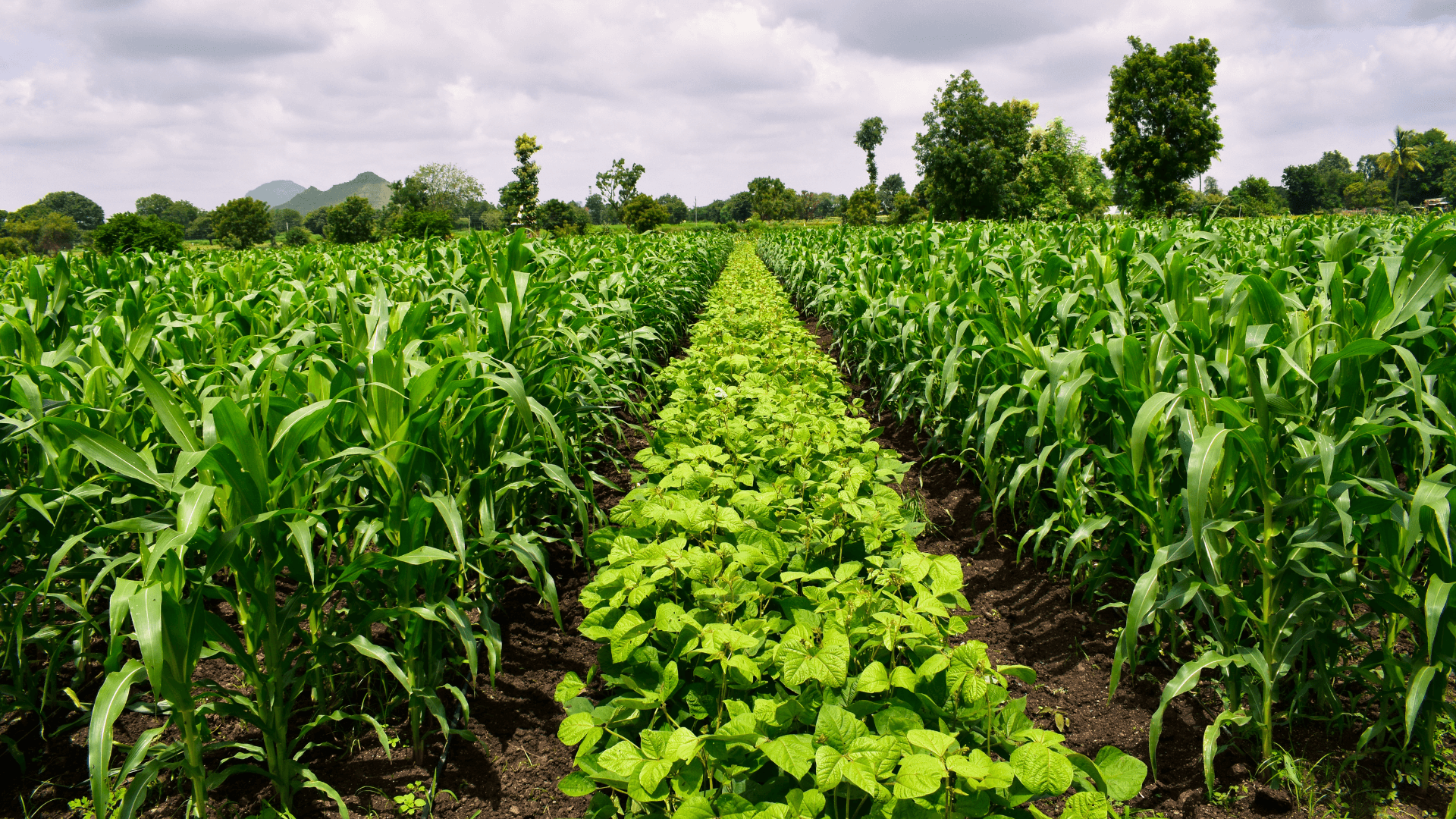Do you want to improve your farm’s yield and protect your crops from pests and diseases? One simple yet effective solution is crop rotation. This ancient farming technique has modern-day relevance, offering a range of benefits that contribute to sustainable agriculture. In this blog, we’ll delve deep into the many advantages of crop rotation and how you can best implement it.
The Significance of Crop Rotation
Growing the same crop on the same land year after year can deplete soil nutrients and make your crops vulnerable to pests and diseases. Crop rotation breaks this cycle. It involves planting different crops in a planned sequence on the same plot of land over various seasons.
Advantages of Crop Rotation
- Boosting Soil Fertility: Different crops have different nutrient requirements. Rotating them ensures that the soil does not get depleted of specific nutrients, keeping it fertile over time.
- Pest Control: Certain pests prefer specific crops. By rotating crops, you can disrupt the life cycle of pests and thus reduce their numbers.
- Disease Management: Just like pests, certain soil-borne diseases target specific crops. Crop rotation helps to break the cycle of these diseases.
- Weed Management: Different crops compete with weeds in different ways. By rotating crops, you can naturally reduce the occurrence of weeds.
How to Implement Crop Rotation?
Implementation requires careful planning. Here’s a simple guide to help you get started.
- Understand Crop Families: Crops belonging to the same family often have similar nutrient needs and are susceptible to similar pests and diseases. Rotate crops from different families to maximize benefits.
- Determine Rotation Period: The length of your crop rotation cycle will depend on the types of crops you are growing. Generally, a 3- to 4-year rotation is effective.
- Keep Records: Maintain detailed records of what crops you planted where and when. This will help you plan future rotation cycles more efficiently.
Crop Rotation Schemes for Different Types of Crops
- For Grain Crops: A typical rotation might include wheat, followed by maize, and then legumes. This allows the soil to recover its nutrient levels.
- For Vegetable Crops: A rotation could consist of root vegetables like carrots, followed by leafy greens like spinach, and then fruit-bearing plants like tomatoes.
- For Flower Gardens: You could rotate between annuals, perennials, and biennials to keep the soil healthy and the garden visually interesting.

Challenges and Solutions
- Limited Space: If you have limited land, consider intercropping—growing two or more crops together in close proximity—as a form of crop rotation.
- Financial Constraints: Starting a crop rotation scheme can be expensive initially but consider it an investment that will pay off in higher yields and lower costs for pesticides and fertilizers in the long run.
Conclusions
Crop rotation is a tried-and-true method that offers numerous benefits including enhanced soil fertility, and effective pest and disease management. It’s an eco-friendly, sustainable practice that every farmer can adopt for a more productive and profitable agricultural venture.
So, are you ready to adopt crop rotation? Start planning now for a healthier, more productive farm.
See Also
- The Importance of Nutrient Management in Maximizing Crop Health and Yield
- Precision Farming: Leveraging Technology for Efficient Agriculture
- Agristore by KCPMC


Leave a Reply